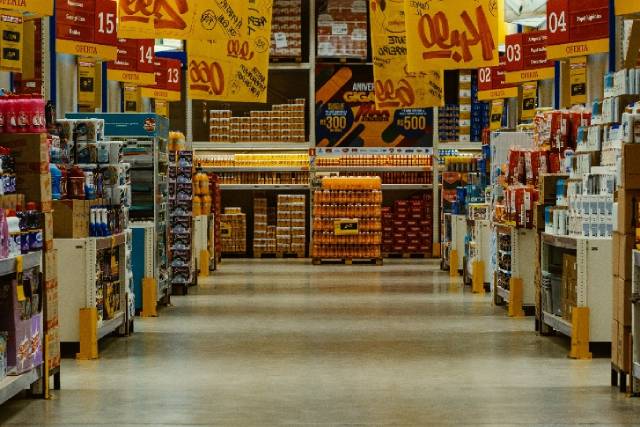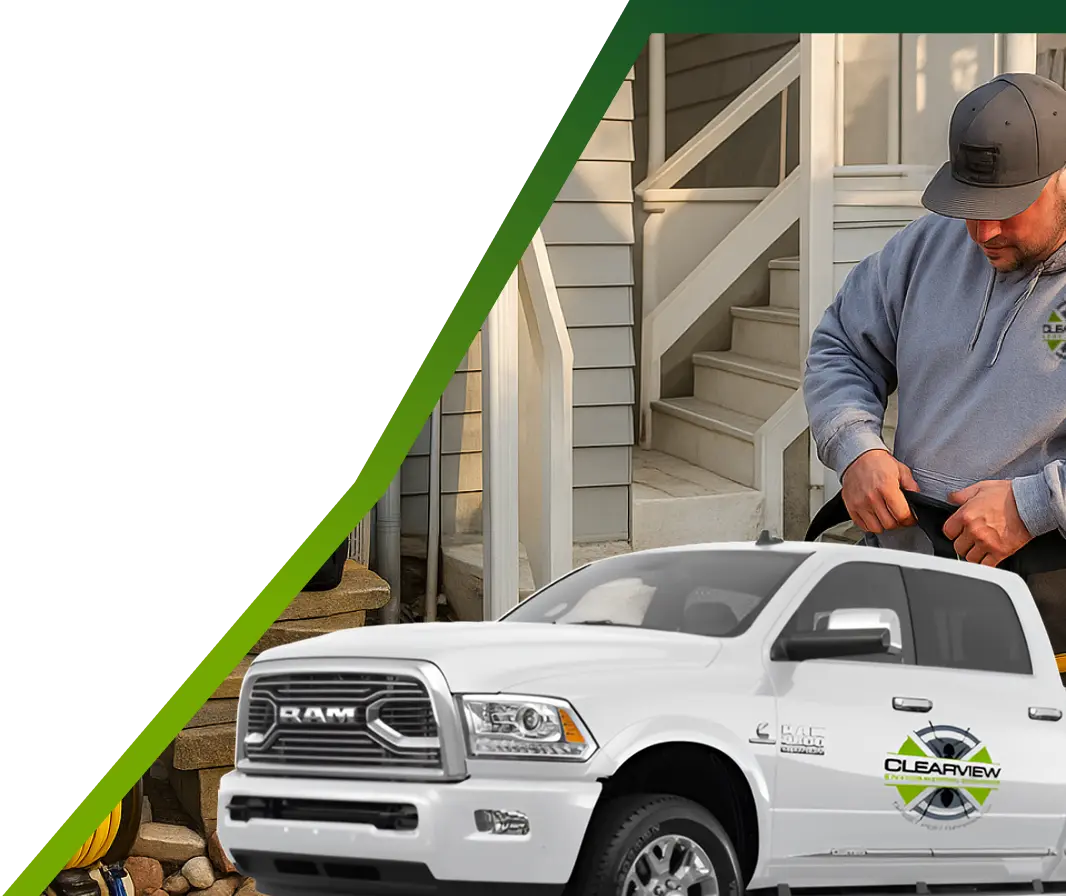Food handling facilities are safe havens for pests. If not handled carefully, your food processing facility can be instantly infested with rodents, cockroaches, and other insects.
Quality pest control is a necessary precautionary measure because product quality and brand reputation are at stake. If you’re managing a food handling facility, you’re required by law to employ better pest control solutions.
Let’s explore some of the pest prevention practices in this post. You can also talk to us for a free consultation.
1. Facility Cleaning and Hygiene
The best way to prevent pest invasion is to establish effective cleaning and hygiene procedures for the facility. Most insects are found in places with poor sanitation and waste management.
If you want to avoid pest infestation, follow these facility hygiene practices:
- Maintain building interiors and exteriors to prevent physical, biological, and chemical contamination of ingredients, storage areas, raw materials, food products, and other processing areas of the facility.
- Store ingredients, raw materials, finished products, and packaging materials in a clean, sanitary environment.
- Maintain surrounding areas and grounds to keep them free from vegetation, debris, and waste materials.
2. Waste Management
Waste management is key to pest prevention and contamination. Follow these waste management provisions:
- Comply with legal requirements of waste management for safe handling.
- Build legally-compliant and effective procedures to dispose of manufacturing and food waste.
- Establish procedures to remove waste from delivery, food processing, storage, and other processing areas.
- Design waste containers for waste storage. Construct the containers using pest-resistant material.
3. Pest Control
Besides waste management and facility hygiene, it’s necessary to establish pest control protocols. Food handling facilities can be a perfect shelter and source of food for many insect species.
You can maintain pest control by following these protocols:
- Inspect raw materials, packaging, vehicles, ingredients, containers, and packaging.
- Prevent access to water and food by using pest-proof containers, cleaning spills quickly, and storing waste in pest-proof containers.
- Prevent access through routine facility maintenance and inspection. For instance, pests can enter the facility through drains, piping, windows, vents, doors, or roofs. Ensure that these entrance points are regularly inspected for any potential infestation.
- Store pesticides to ensure safety by law.
- Prevent pest harborage near the facility by clearing debris and vegetation.
4. Personnel Hygiene
It’s equally important to ensure personnel hygiene in food processing facilities. You should provide adequate facilities to your workers to maintain cleaning and hygiene. Follow these practices:
- Ensure adequate sewerage system and a number of flush toilets.
- Separate the eating and drinking area and maintain hygiene to support worker health.
- Provide changing facility to workers where they can change into hygienic clothes.
- Build a washing area with facilities such as hot and cold water, drying equipment, and soap.

Hire Environmental Pest Services for Food Handling Facilities
Whether your food handling facility has been infested or not, you should take precautionary measures to ensure compliance with safety laws. Clearview Environmental Sciences Inc. offers environmental pest services to commercial facilities in Bayonne at affordable deals. Check out our pest control services or call us for a free estimate.


